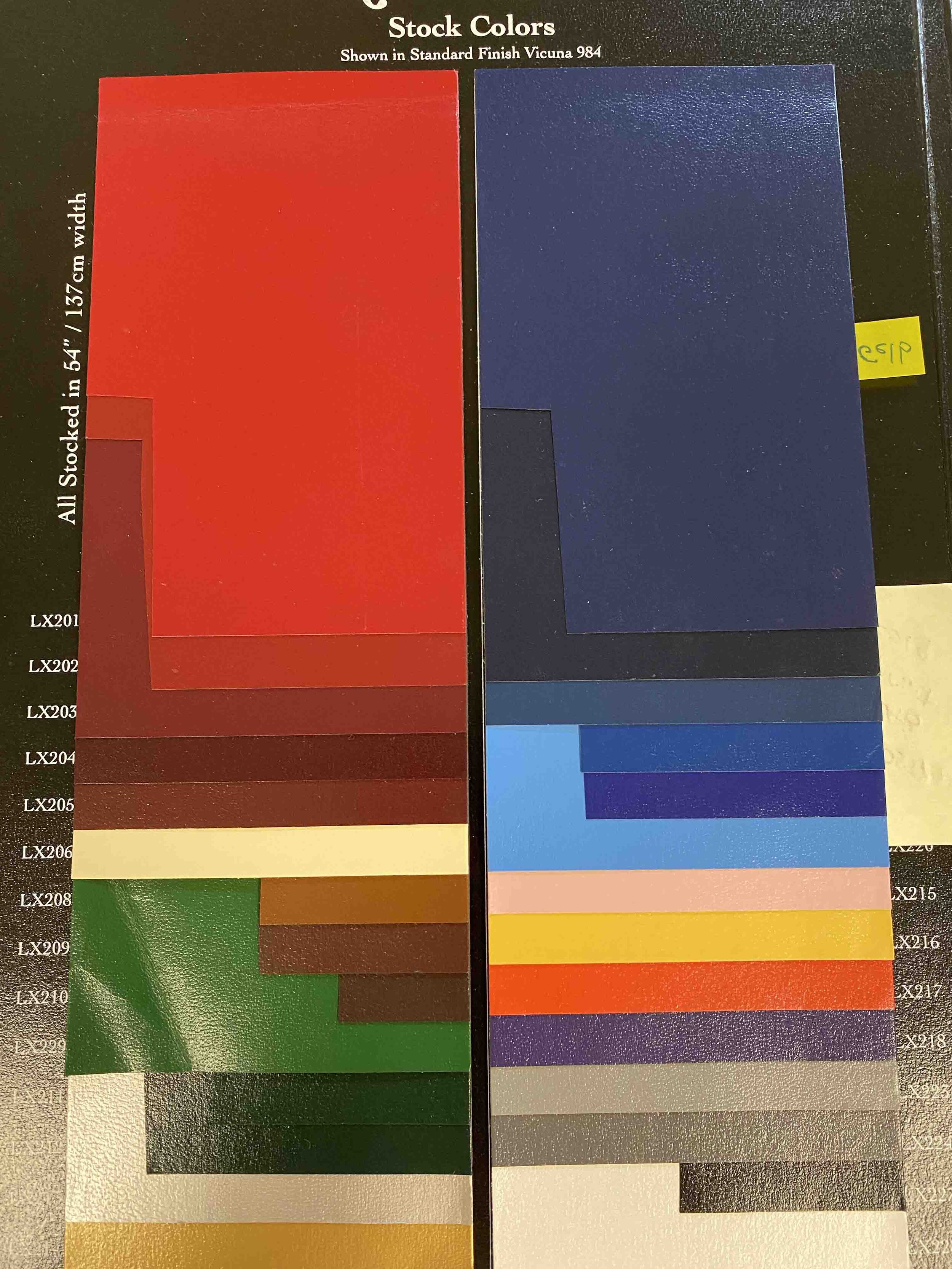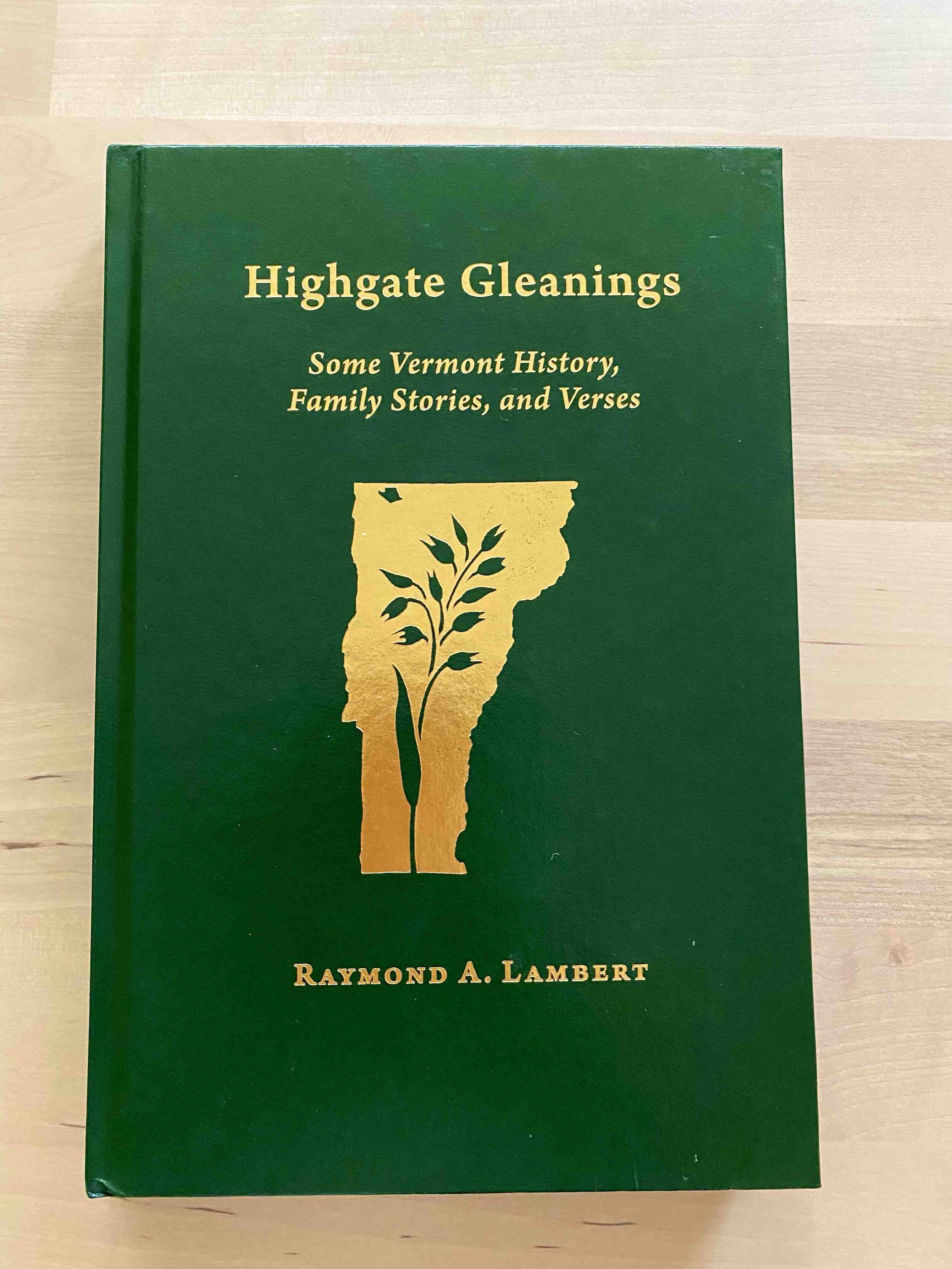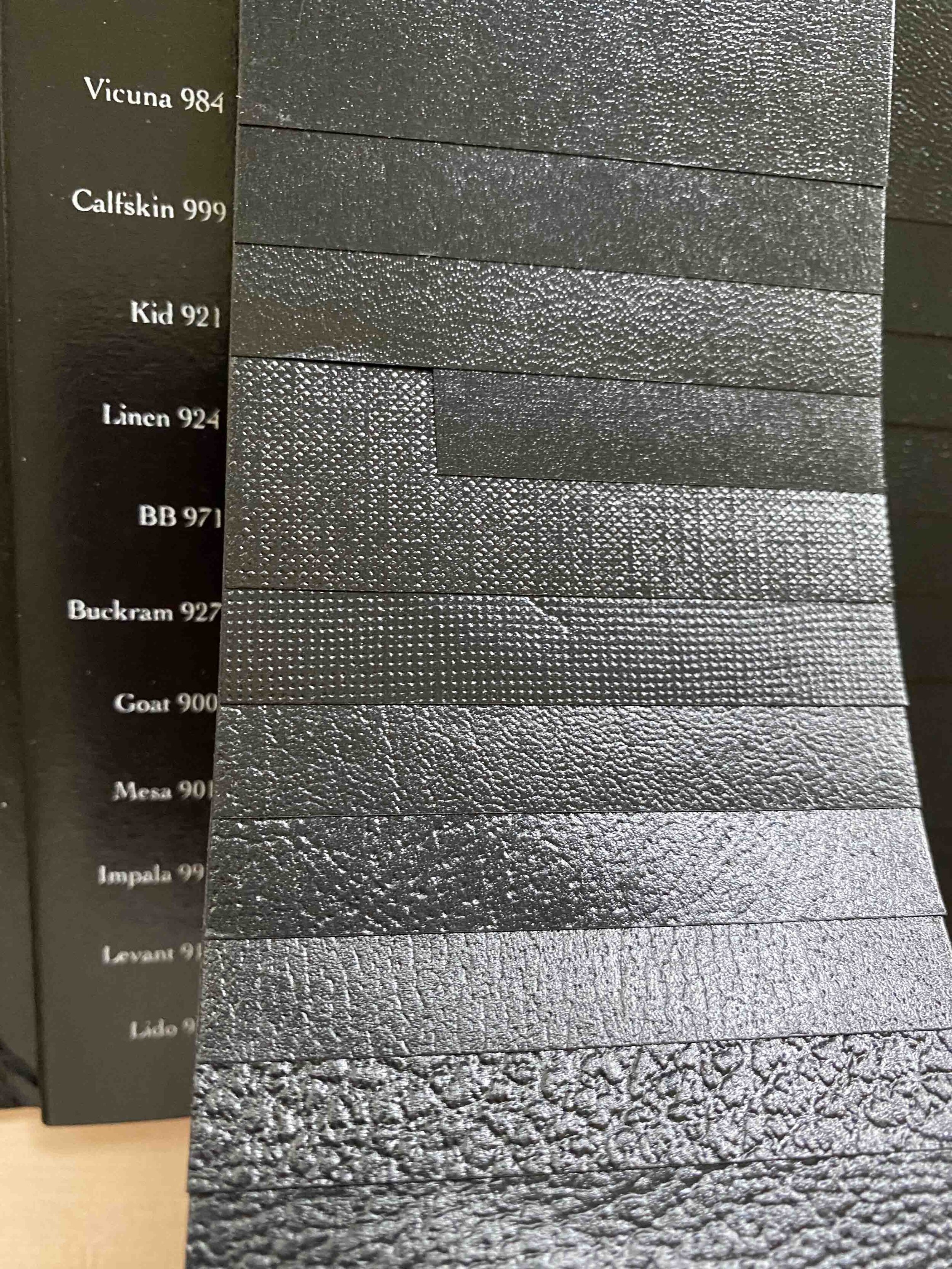We are delighted to share our first e-newsletter and hope readers will pass it along to others who might be interested in updates on our company. Click here to read.
Marking One Year in our New Offices
We moved into our current offices at 495 West Street in Amherst, Massachusetts on August 1, 2020. We’re very happy here and are pleased that we’ve been able to welcome several former, current, and potential clients to visit us. Here’s an office tour video created by our Smith College Praxis Program summer intern, Lauryn Small, to give everyone a peek inside.
Office Tour Video
Material Matters: A Blog Post by Publishing Intern Lauryn Small
During my first few weeks as an intern at Modern Memoirs, I’ve had the opportunity to reflect on all the wonderful things I have learned in the Book Studies Concentration at Smith College. At Smith I particularly enjoyed learning about Artists Books, which offer an entirely different world of possibilities than the traditional conceptions of cover, spine, and page. From Alisa Banks’ books that pop up into houses, to Huong Ngô’s book with text that only reveals itself after the warm press of a human hand, there is much to be appreciated about the range and potential of the physical aspect of a book.
In the spirit of this appreciation, I would like to share some things I have already learned at Modern Memoirs about the materials and production side of book publishing:
Text stock—weight, hue finish
The text stock (paper)—So many factors can go into this decision: how many pages the book has; whether it contains pictures; whether these pictures are in color or black and white, in one section or scattered throughout. Though images play a big role in deciding the text stock, publishers must also consider the way the ink will sit and present itself on the page, or how much “opacity” or show-through the sheet has. Modern Memoirs uses paper ranging from 55-pound uncoated to 80-pound coated, with matte, satin, or gloss finishes.
Sewn signatures for binding
The binding—Digital print, hardcover books are casebound, which means all the pages are printed individually, trimmed, and then attached to the spine of the cover, using adhesive. Smyth-sewn bindings are more intricate, a centuries-old form of binding in which the pages are printed on large sheets and folded in “signatures” before being sewn together and then glued to the spine. For longevity, Modern Memoirs suggests sewn bindings.
The cover—The cover is the first representation of the content, so the amount of thought that goes into the little details should pair with the overall design of the book to create the best product possible. Covers can be soft (paperback) or hard, and hardcover books have options regarding dust jackets, materials (ex. leather or faux leather, cloth, or composite paper), embossment on the cover material, foil- or pigment-stamped cases (Modern Memoirs’ specialty), and gloss or matte lamination.
These considerations will impact everything down to the look, feel, and even smell of the book. Sometimes clients want to be very involved in the selection of materials for their books. Other times, they want Modern Memoirs to handle this part of design and production for them. No matter what, ideally each element is suited for a client and their project, like styles of clothes on people.
Reflections from Edie Daly
Edie Daly published her book entitled Old Lesbian Memory Quilt: Stories Told by Edie Daly on Her 80th Birthday with Modern Memoirs in 2019. This Assisted Memoir took three months to complete from the day she signed the Agreement to work with us to the day books arrived on Edie’s doorstep. We asked Edie to reflect on what the publication process was like for her, and what it’s meant to share her book with others.
-Liz Sonnenberg
1. Your 2019 book is based on a twelve-square, fabric quilt that you created in 2016 “as an artistic, activist expression of my very self.” The quilt squares are a mix of photographs and artwork. You write, “My life is impossible to pin down in just one picture, one story, or one quilt square, but together the pieces make a whole.” How did you narrow down a lifetime of memories to just twelve squares? What was the selection process like?
Edie Daly: Part of the selection process had to do with stories I want my grandchildren to know about their Gram, and memories are part of our history. As I say in the prologue, “History emerges and flows through memory. Memory helps to shape history, then is reshaped by the history that evolves out of many competing memories.”
2. Was there an event or story that you considered including but decided to leave out for some reason? Would you like to share a bit about your reasons?
Edie Daly: I didn’t elaborate on the story of collecting and archiving other Old Lesbians’ lives through the Old Lesbian Oral Herstory Project (OLOHP). We interview women born in the early part of the twentieth century. There are over seven hundred Old Lesbians’ stories archived in the Sophia Smith Collection of Women’s History at Smith College in Northampton, MA. This is an ongoing project and is a long story to tell.
3. On page 3 of your book, you describe the chapters as “excerpts” from the twelve stories depicted on the quilt. How was the experience of writing about your life different from making the quilt?
Edie Daly: I call these stories “excerpts” because each story has a back story and they are all connected to other people and relationships and the stories that make up the whole of my eighty-four-year life. The creative process of making visual art to tell a story and the process of writing the stories are part of the same creative process and yet very different in nature. I am aware that each person who looks at the quilt or reads the stories adds his or her own perspective to the art, whether visual or written. There is a tactile component to both pieces. When I read to others, I always pass the quilt around to collect my audience’s energies in the fabric. When you hold the book in your hands and read my story, you are reading alone, and the only way that I as a writer know how it feels is for you to write back to me.
4. Why was it important to you to create a book after already completing the quilt?
Edie Daly: Actually, I wrote the stories first, culling the journals that I have kept over the past thirty-five years. There are many more stories where these came from. I chose to tell the stories of my birth family, my heterosexual marriage, coming out as a Lesbian, and some of my activist life.
I am passionate about lifting up Lesbian voices because if we don’t share and preserve our Lesbian stories, who will? Opening a women’s bookstore in 1982 and reading second-wave feminist stories and ideologies changed my life forever. There is power in the written word, and I want my children and grandchildren to know a little about my life.
I appreciated the energy and expertise of Megan St. Marie and Ali de Groot as they shepherded me through the process of creating the colorful book that I now can hold in my hand and pass along to those who come after me.
5. Has writing this memoir changed you in any way? How?
Edie Daly: I have begun calling myself an author. There was something that happened during the process of creating the book that changed my outlook. I accept myself as an author. I said to myself, “If I have a manuscript, I must be an author.” Having the physical book in print has given me the confidence to know that what I have to say is important.
6. What do you hope your book will do for readers? What sort of feedback have you received?
Edie Daly: I want my heterosexual readers to know that Lesbians lead interesting and exciting lives. And I want my Lesbian readers to see themselves in the general sense and know me in my specific story. Old Lesbian Memory Quilt has received glowing reviews from Sinister Wisdom and Lesbian Connection and great acceptance from my friends and family.
7. A lot of your activism work centers on the power of listening: witnessing life stories on your Sarajevo trip (p. 53), building self-esteem in your prison work (p. 84), and interviewing with the Old Lesbian Oral Herstory Project (p. 91). When you want to encourage a person to begin talking, what is your favorite question to ask?
Edie Daly: One great question is, “Tell me something about yourself that not many people know.” This is a great way to engage folks to tell me part of their story. As an interviewer, I need to listen carefully and not interject myself into the narrator’s story. It is her story to tell.
My activist work is ongoing through my local public library. We are producing ReadOut: A Festival of Lesbian Literature online via Zoom. Memories are powerful and shape our lives. It is essential that I listen to others with an open heart.
Edie Daly (l) and her wife, Jackie Mirkin (r), with Edie’s “Old Lesbian Memory Quilt,” which was the basis for the memoir she published with Modern Memoirs, Inc. (2019)
Interested in reading more? You can purchase Edie’s book at the link below:













